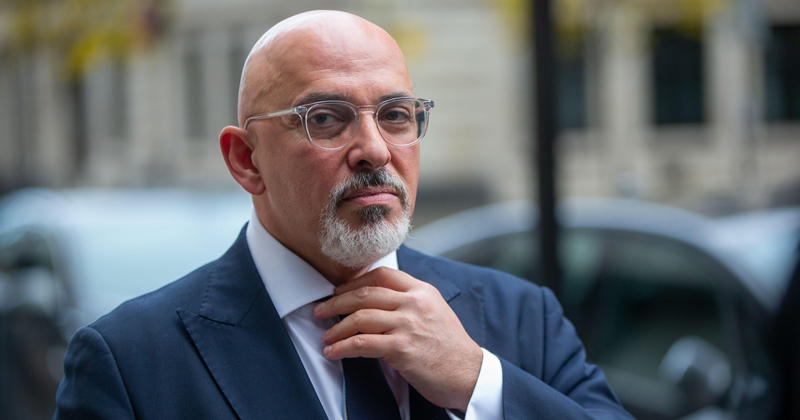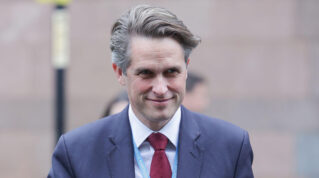Schools are raiding their own coffers to buy air-cleaning units for their classrooms after the government allocated just one for every three schools in England.
But education secretary Nadhim Zahawi insisted this week that data on carbon dioxide levels reported by schools showed that providing more of the devices could “waste taxpayers’ money”.
Ministers say that 7,000 units will be provided, but only to schools which have classrooms with CO2 readings of over 1,500 parts per million, and which cannot complete remedial works before the end of February. This is on top of 1,000 units for special schools and alternative provision settings.
The government has faced criticism that this falls far short of what is needed, with over 20,000 schools and between 250,000 to 300,000 classrooms in England. The allocation is also less generous than what is on offer in some other parts of the world.
In Germany, the government announced in 2020 that it would subsidise 80 per cent of the cost of installing air cleaning equipment in schools. In New York City, the Department of Education announced last year that it would provide two air purifiers for each of the city’s 56,000 classrooms. This is equivalent to around 65 per school.
And, in Toronto, Canada, the district school board said it would provide more than 16,000 units in the area’s 583 schools, equivalent to around 27 per school.
The government has not said how much it will spend on the 8,000 units. Analysis of products available via a separate government marketplace for schools to buy their own equipment found the cheapest unit on offer was £424.82. Buying 8,000 of these devices would cost £3.4 million.
More units could be ‘waste of taxpayers’ money’
Zahawi told MPs on Wednesday that the allocation was based on feedback from schools about CO2 levels recorded on 300,000 monitors – costing £25 million – sent out by the government.
“That is the funnel that we go through, otherwise we waste public money, taxpayers’ money, on buying 300,000 air purifiers for classrooms that simply do not need them,” he added.
Zahawi said there had been “some corroboration of that modelling” from pollsters Teacher Tapp.
The organisation found in December that around 4 per cent of respondents taught in a classroom with a CO2 reading of more than 1,500ppm, suggesting the government’s allocation was “about right”.
Guidance states that a consistent CO2 concentration of more than 1,500 ppm “is an indicator of poor ventilation”.
Less than 800ppm implies a space is well ventilated. The Health and Safety Executive (HSE) also recommends that rooms are kept below 800ppm.
But Teacher Tapp also found that 47 per cent of primary teachers and 73 per cent of secondary teachers reported not having a CO2 monitor in their classroom – meaning the true figure may be higher. In the meantime, some schools are bypassing the DfE to order their own equipment.
Schools buy in their own kit
Colebourne Primary School in Birmingham has bought 16 Philips air purifiers – one for each classroom. At £250 each, they cost £4,000 in total.
Headteacher Stuart Guest said it was an “absolute disgrace” that the government had not put units into schools already.
Dartmoor Multi Academy Trust is looking to buy around 380 units for its classrooms. The trust will apply for some of the government’s 7,000 units, but chief executive Dan Morrow said the scheme was restrictive.
“You need a week’s worth of readings, so it takes time and obviously 7,000 isn’t going to be enough to cover what the system requires.”
If the trust bought the same units as Colebourne, units for all of its classrooms would cost £95,000, but Morrow said they would try to achieve economies of scale.
“It’s not going to be cheap… It’s about reassuring our staff, parents and children around taking every measure necessary on both ventilation and purification, and I also think it’s about a sense of equity.”
Nick Oswald, head of Great Ouseburn Primary School in York, said his school had purchased HEPA filters at £70 each for his four classrooms. “I felt that the cost was well worth it for a couple of reasons.
“Staff and pupil safety – anything that reduces the risk must be worth doing. And financially, the cost of a day and a half’s supply would more than cover what we spent on these.”
However larger academy trusts in particular have managed to boost their reserves through Covid, meaning some would be able to afford funding units of their own. Some have spent the extra cash on catch-up and laptops.
Additional reporting by Freddie Whittaker.















Your thoughts